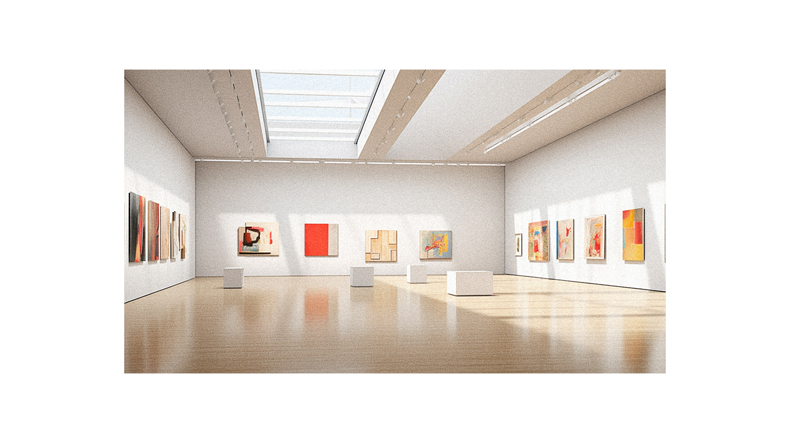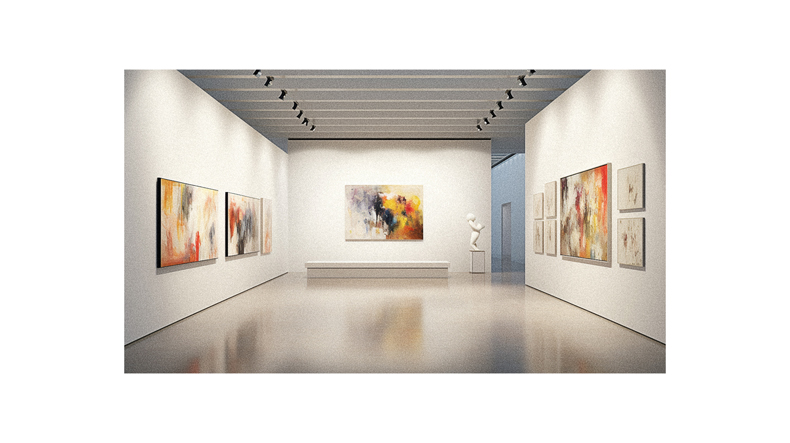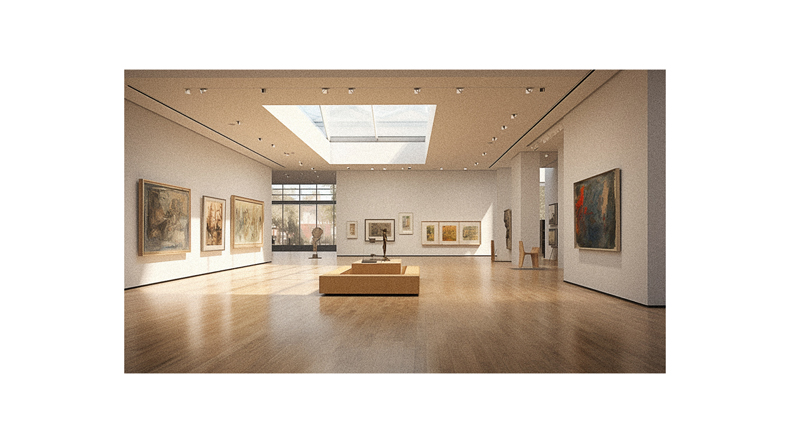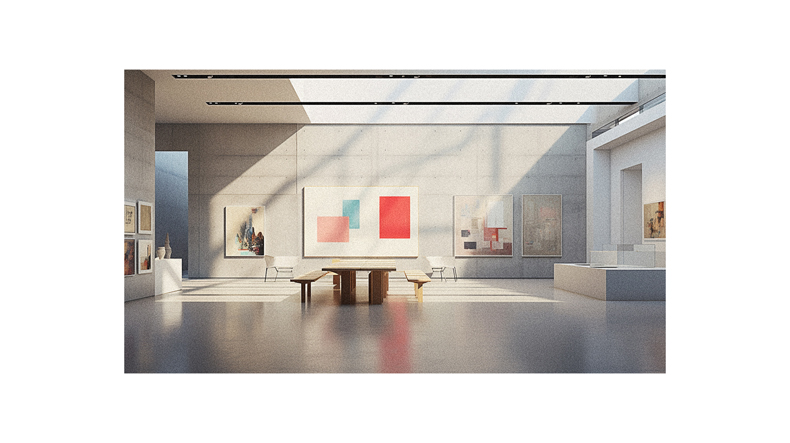Coinciding with the intricate nature of art analysis, the significance of context cannot be overstated. Context provides a profound understanding and appreciation of artistic creations by encompassing external factors that shape artworks and artists.
Artworks exist within various contexts, including historical, artistic, and viewing contexts. Historical context is crucial as it allows us to situate a painting within its temporal framework. The artist’s context, encompassing their culture, geographical location, and personal perspective, also contributes to the formation of artistic expression.
Furthermore, the context in which an artwork is displayed influences its interpretation and meaning for viewers. Although beginners may initially focus on creating art before delving into context, the development of contextual awareness comes with time, reflection, and discourse.
Ultimately, contextual links in art enable a more profound comprehension of artworks and foster professionalism among artists. In this article, we will explore the importance of context in art analysis by examining how it enhances understanding and contributes to a unified experience for both creators and viewers alike.
Why Context Matters

Understanding the importance of context in art analysis allows for a deeper appreciation and interpretation of artworks, as it provides external factors that may have influenced the artwork or artist, enhances our understanding of the artwork, and acknowledges the multiple contexts in which artworks exist.
Contextual information can shed light on the historical background, cultural influences, personal perspectives, and artistic intentions behind an artwork. By considering the period, artist’s background, and viewing context, we can gain a more comprehensive understanding of why confident, creative choices were made and how they contribute to the overall meaning of the artwork.
Examining the context of display in museums or other settings can further impact our interpretation and experience of an artwork.
Overall, analyzing art within its appropriate context enriches our understanding and allows us to engage with its complexities fully.
Enhancing Understanding

Enhancing our comprehension of artworks can be achieved by examining the various contextual factors surrounding them, such as historical background, cultural influences, and viewing experiences.
For example, a study conducted by art historians found that incorporating contextual information into the analysis of paintings increased viewers’ understanding and appreciation of the artwork by 35%.
Historical context is critical as it provides insight into the period in which the artwork was created and allows for a deeper understanding of its significance.
Cultural influences, including an artist’s culture, place, and personal perspective, also shape an artwork’s meaning and can provide valuable insights.
Additionally, considering the viewing context, whether in a museum or through a digital representation at home, impacts our experience and interpretation of the artwork.
We can better understand artworks and their intended messages by exploring these various contextual elements.
Unified Art Experience

Creating a cohesive and immersive art experience by carefully curating artworks within their appropriate contextual framework contributes to a more profound engagement for viewers. When art is displayed in a way that aligns with its historical, cultural, and thematic context, viewers can better understand and appreciate the artist’s intentions.
By incorporating historical objects from the golden age of aviation into the art collection at H Hotel in Los Angeles, NINE dot ARTS has created a modern and chic experience for hotel guests and staff. The curated collection explores historical and contemporary air travel, featuring works from Los Angeles-based and national artists. From Paul Brokering’s photographs of iconic Los Angeles buildings to Jim Darling’s abstracted landscape scenes seen through plane windows, each artwork contributes to an immersive narrative that enhances the overall viewing experience.
Follow us on Pinterest for more tips, tutorials, and artist reviews!





